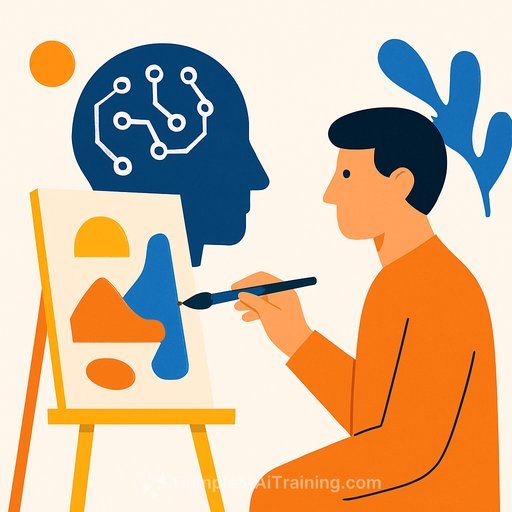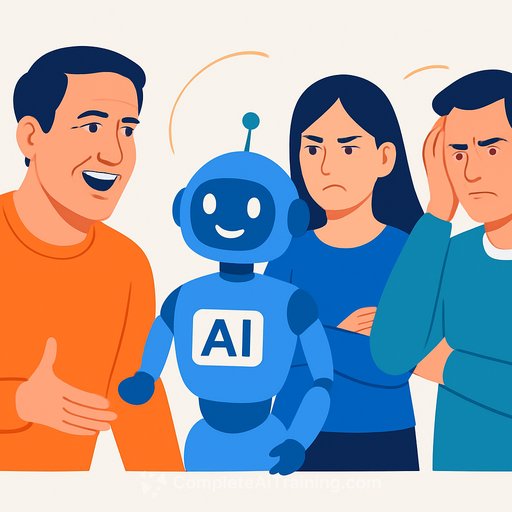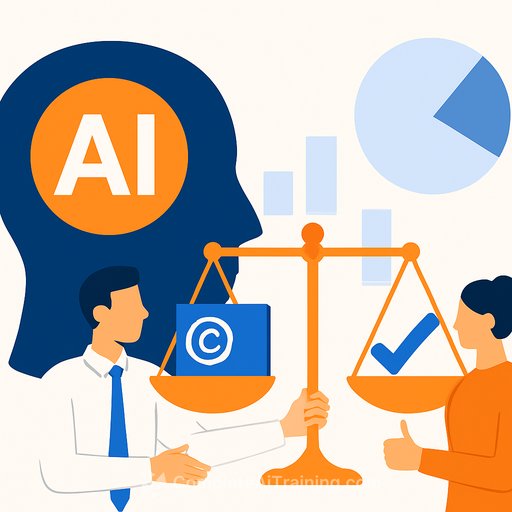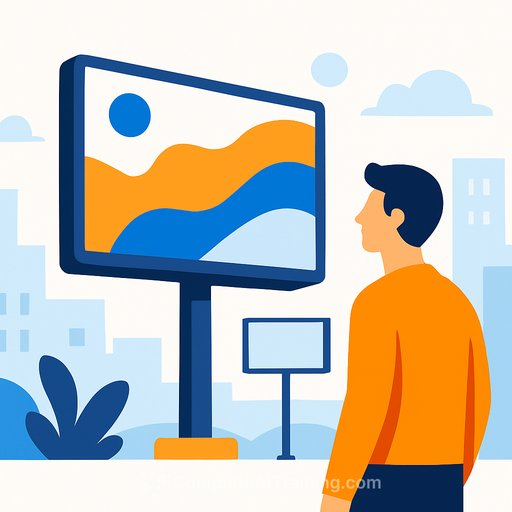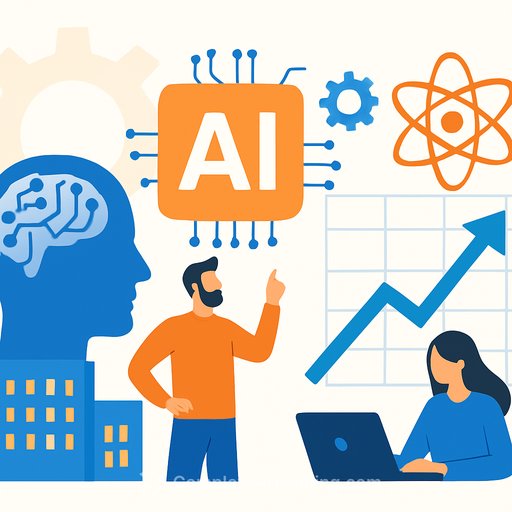AI art, ownership, and the paradox every creative should know
A childhood screening of 2001: A Space Odyssey didn't scare Professor Michael Witbrock away from AI-it pulled him in. After grinding out a summer job and buying an Ohio Scientific Superboard 2, he started tinkering with early "genetic art."
Back then, images were generated with clean formulas that mapped x and y coordinates to color and intensity. Today's systems swap formulas for massive neural networks trained on oceans of data. The questions haven't changed much: Is it art? Can it be original? Who owns it?
Is AI output "creative"-and who owns it?
Alex Sims, professor of commercial law, is blunt about low-grade "AI slop." But not all AI output is throwaway. She points to Zarya of the Dawn, a graphic novel made with Midjourney, where the artist iterated for days on each image using targeted prompts.
The US Copyright Office first granted protection before learning the images were AI-generated-then reversed it. In the US, visual works require a human author to be protected. New Zealand takes a different view: computer-generated works can be protected. The line between creative and non-creative isn't clean. Photographs weren't protected for decades because they were seen as mere recordings of nature. And all creators remix what came before.
Big cases are in motion-Disney and Universal versus Midjourney; Getty versus Stability. Expect more clarity, but not overnight. Sims suggests limited protection for AI-generated work: shorter terms, no moral rights, and mandatory disclosure that a work used AI, including in metadata.
US Copyright Office: AI policy and guidance
The paradox of AI creativity
Dr Joshua Yuvaraj calls out a hard truth: generative AI needs human-made work. Train on AI outputs long enough and models drift-a problem known as model collapse. Feed a model its own synthetic outputs repeatedly and you end up with "black cat" images that don't look like cats at all, while the model is convinced they do.
That means humans aren't obsolete. They're essential. There's even growing demand for people who create fresh, original material solely to train AI systems.
AI still needs your hand
Composer Dr David Chisholm tried to train AI on his own catalog to create a new piece "in his style." The first pass missed the mark. To get a performable work, he had to roll up his sleeves and do heavy lifting-editing, structuring, and refining for months.
Lesson: AI can be a collaborator, but it won't replace the taste, judgment, and structure you bring. The polish comes from you.
What to do now (for designers, writers, musicians, filmmakers)
- Disclose AI use. Add it to the work's notes and embed it in metadata (IPTC/C2PA) to avoid confusion and build trust.
- Keep your source of truth. Save prompts, seeds, model versions, and edits. You'll need provenance for clients and platforms.
- Treat prompting like a craft. Iterate with constraints, references, and negative prompts. Expect dozens of cycles for a keeper.
- Curate your inputs. Use licensed, consented, or self-owned material when training or fine-tuning models.
- Avoid model collapse. Don't train systems only on AI outputs. Keep human-made data in the loop.
- Decide your line. If you want moral rights and long-term protection, keep human authorship front and center.
- Timebox the grind. If the output isn't getting closer after a set window, switch approach or move manual.
- Price the work, not the minutes. Charge for concept, taste, revision cycles, and delivery-AI is one tool in the process.
- Label versions for clients. Show ideation frames, mid-fidelity comps, and finals, and state where AI contributed.
- Check jurisdiction. US, NZ, EU rules differ on authorship and protection. Align your contracts accordingly.
Where this leaves creatives
AI can expand your range, but your taste and intent set the direction. The more deliberate your inputs, the stronger your outputs-and the safer you are legally. Think of AI as a fast collaborator with no instincts. You supply the instincts.
Skill up without the noise
- Prompt engineering resources for creatives who want better outputs with fewer iterations.
- Model collapse research if you're considering training or fine-tuning your own models.
Key takeaways
- AI art can be compelling-but authorship and protection depend on your jurisdiction and your process.
- Disclosure and metadata are no longer optional. Make them part of your workflow.
- Human-made work trains AI. Without it, the quality degrades. Your originality has compounding value.
- Treat AI as a tool that accelerates iteration. The final call-and the accountability-stay with you.
Your membership also unlocks:

